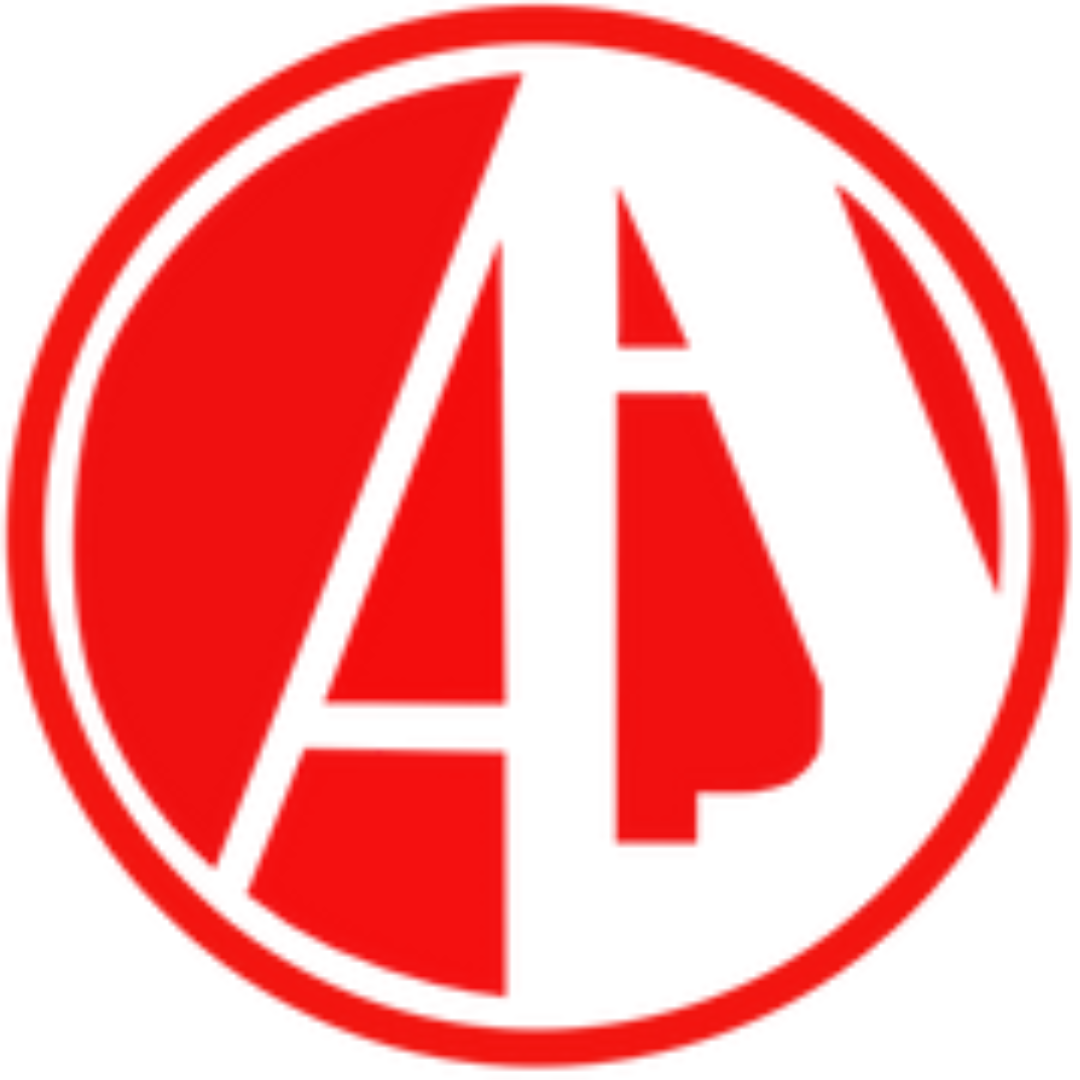The Steamfitting program at Sault College provides students with the knowledge and skills needed to become steamfitters, who are professionals trained in installing, maintaining, and repairing piping systems that carry steam or high-pressure gases. Here are some key aspects of the Steamfitting program:
Piping Systems: Students learn about various types of piping systems used in industrial and commercial settings, including steam, high-pressure gases, and other fluids. They study the principles of pipefitting, including pipe materials, fittings, valves, and supports.
Blueprint Reading: The program covers the interpretation of blueprints and technical drawings related to piping systems. Students learn how to read and understand piping diagrams, isometric drawings, and other construction documents. They develop skills in identifying pipe routes, dimensions, and specifications.
Pipe Installation and Fabrication: Students gain practical skills in pipe installation and fabrication techniques. They learn how to measure, cut, thread, and join pipes using various methods, including welding, brazing, and soldering. Students also study pipe bending, flange installation, and pipe system testing.
Steam and Pressure Systems: The program focuses on steam and pressure systems commonly found in industrial and commercial applications. Students learn about steam generation, distribution, and control. They study pressure vessels, safety devices, and regulatory standards related to steamfitting.
Codes and Regulations: Students familiarize themselves with relevant codes, regulations, and industry standards governing steamfitting work. They learn about safety practices, building codes, and occupational health regulations to ensure compliance in their work.
Occupational Skills: The program emphasizes the development of practical skills required for a steamfitting career. Students learn how to use hand and power tools, read measuring instruments, perform calculations, and work with specialized equipment used in the field. They also learn about workplace safety, communication, and teamwork.
Practical Experience: The Steamfitting program may include a hands-on component, such as a co-op placement or an apprenticeship, where students have the opportunity to apply their skills in real-world settings under the supervision of experienced professionals. This practical experience allows students to further develop their skills and gain industry-specific knowledge.
Upon completion of the Steamfitting program, graduates can pursue employment opportunities in various sectors, including construction, manufacturing, power generation, and maintenance. They may work for mechanical contractors, industrial plants, utility companies, or become self-employed. Steamfitters play a crucial role in ensuring the safe and efficient operation of piping systems that carry steam and high-pressure gases.
Show less













